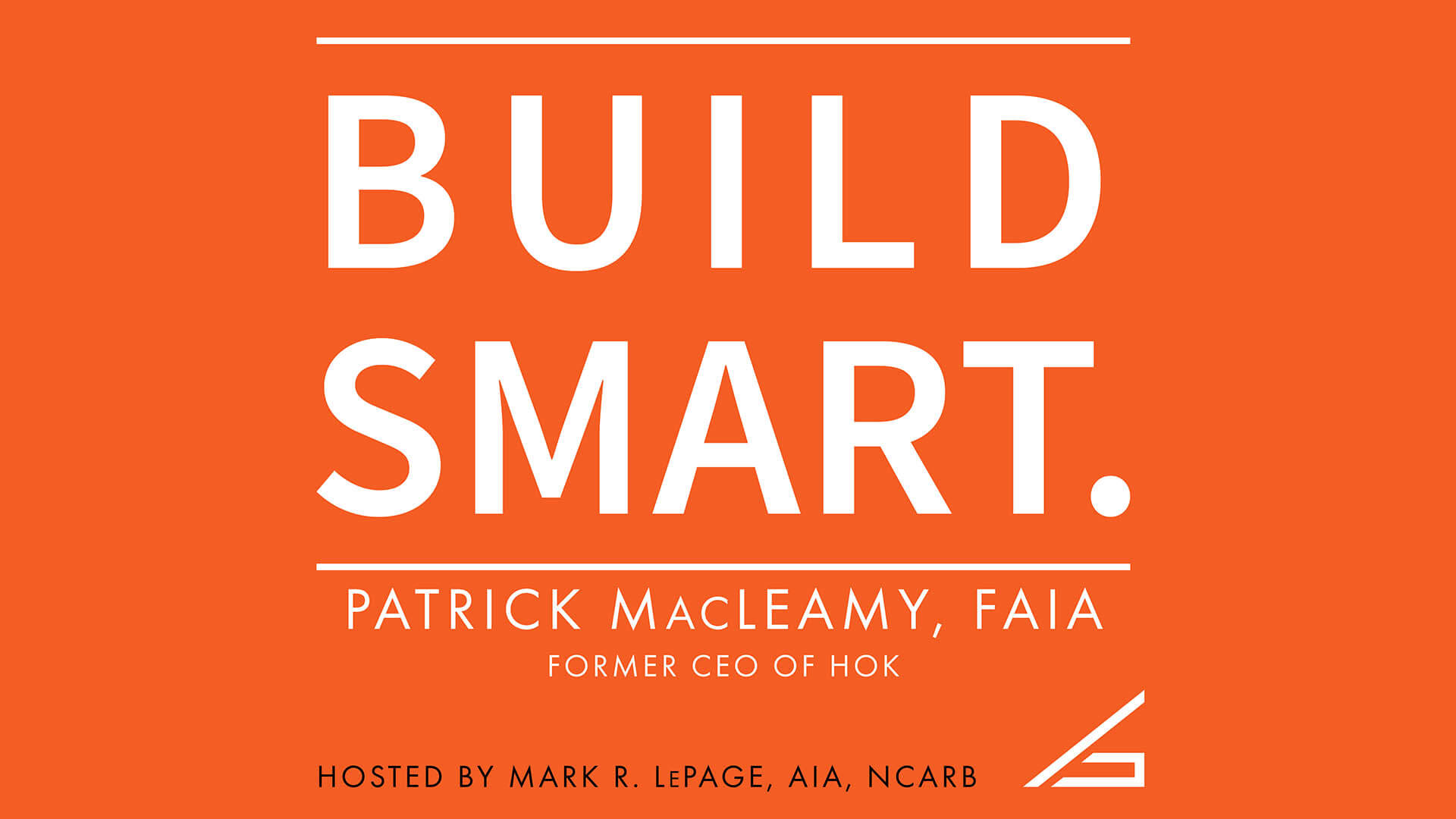Being an architect is a respected profession across the United States. Given this, it’s unsurprising that there are plenty of students studying to join the industry.
Statistics from the National Council of Architectural Registration Boards (NCARB) noted that nearly 28,000 students enrolled in a National Architectural Accrediting Board (NAAB) accredited program across the United States in the school year 2020-2021. Of those students, over 8,200 were newly enrolled in the same year, a 3% increase from the previous school year. Most are undergraduates, comprising 62% of the total student population.
Despite a significant number of students, the graduation rate of architecture programs is 57%. Many students fail to graduate for multiple reasons, but one of the biggest challenges is balancing workload and university. Given how studying is a huge part of education, it’s important to visit some ways students can improve their learning. In this article, we present a note-taking guide for architecture students to improve their ability to study.
Understand what notes are needed
All note-taking starts with absorbing information, but the process of taking notes highly depends on its purpose. Be it for revision, understanding, or memory, it’s important to deduce the intention of the notes before writing effectively. Here are some reasons why architecture students may need notes and some tips to help:
For a lecture – Ask for a copy of the lecture slides when possible, then annotate and add information as needed. Some lecturers deliberately go beyond what is listed on the slide, so it’s effective to add new subheadings to break up the topic.
For a report – Summarize the information read in your own words. Do note the details of the reference like the author, date, publisher, etc.
For understanding – Summarize the info you read in your own words but keep technical terms and include additional information if it expands understanding. Students can highlight or underline their references when possible.
For memory – Choose specific keywords and facts to memorize, then test recall. Some people benefit from letter and word mnemonics to improve memory.
Find collaborative platforms
When it comes to the architectural field, collaboration is a vital part of the developmental process. In this digital age, collaboration goes beyond just remote meetings but now uses tech that can streamline processes and foster greater understanding. One example we previously visited is a published research paper by the Zaha Hadid Virtual Reality Group (ZHVR). Their study was aimed at the Architecture, Engineering, and Construction (AEC) industry, with their framework envisioning tech to create an immersive, collective, collaborative environment. Through virtual reality (VR), they expect to create a unified information space for effective knowledge exchange and for creating and hosting holistic, multi-author constructs.
Although advanced tech like VR is still in progress, there are plenty of other technologies and platforms available for architecture students. Note-sharing platform Studocu offers more than 20,000 new study notes daily, allowing students from top universities, like Harvard University and the University of California, Berkeley, to share knowledge in relevant courses. These study documents contain a practice set, a definition list, a flashcard set, and practice questions— enabling students to enhance their mastery of key concepts. When students use these platforms in conjunction with digital notes, it can make sharing process faster and more accessible.
Have dedicated drawing tablets
As architectural students' schoolwork heavily revolves around sketching, concept design, and rendering, it’s beneficial for them to invest in a digital work tablet. The tablets can work well with architectural applications to help students visualize a concept when needed. An excellent application to support drawing is Morpholio Trace, one of the go-to choices of architects, designers, and landscape architects. Its most useful feature is its ability to create multiple layers of “tracing paper,” enabling users to keep track of their notes and sketches in different sections. In March 2022, the app released its “Shadow Maker” tool that overlays with user-drawn models to showcase sun patterns and lets architects.
For pen computers or all-in-one tablets, not only can students draw, but they can also download other note-taking applications for lecture classes. Digitizing their notes through applications like Evernote or Notability can make it easy to save and sync via cloud service, ensuring students don’t lose their notes even if they can’t access their devices.





